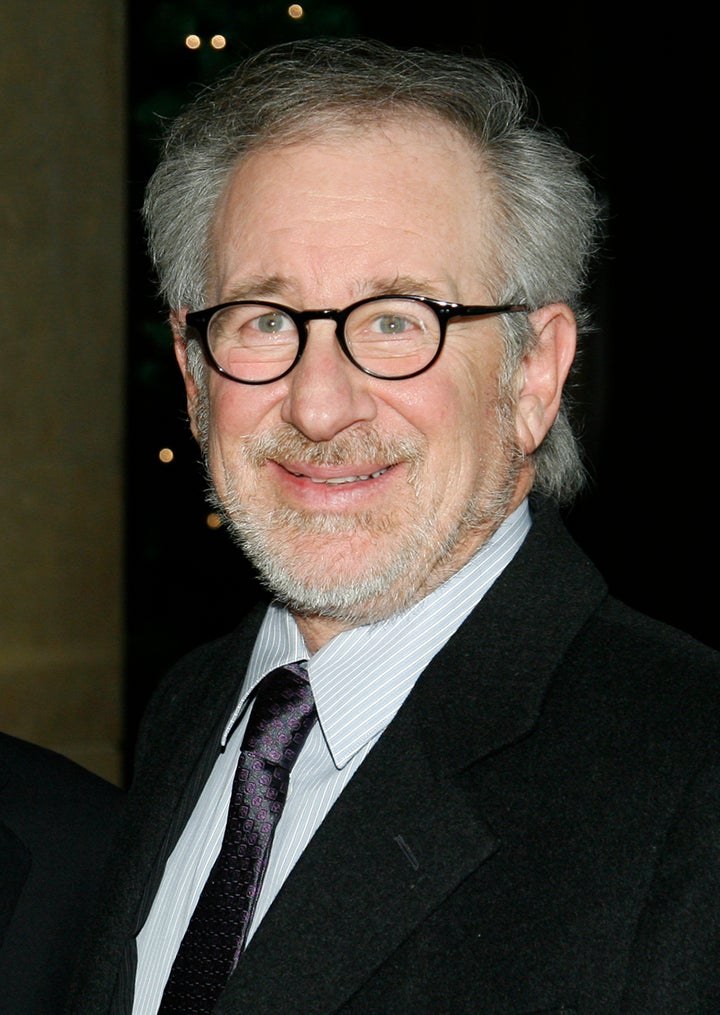
What, you may ask, does a famous English playwright -- who gained acclaim in London in the early 1600s -- have in common with an American film director who directed his first blockbuster in the 1970s? Well, both use the exact same story rhythm that Mr. Shakespeare and other playwrights developed for the stage centuries ago, and successful filmmakers borrow for the big screen today.
The Globe Theatre, which hosted Shakespeare's plays, attracted a tough audience. The Groundlings would crowd the stage and jeer if an actor or play dared to be boring. Shakespeare quickly developed writing tricks to fend off the fickle spectators, and keep their attentions riveted to the story instead.
It was all about rhythm for the English playwrights: rhythm that created a mood or feeling, like the beats of a beautiful balled. In the early 1900s, screenwriters, most of whom were weaned on stage plays, adopted these same rhythms in their early screen stories. In the crucial opening minutes of successful plays and movies, there were specific story beats the playwrights and screenwriters would consciously or subconsciously hit. The five beginning beats, which I've gone ahead and named, occur each minute in this order: At-tension, The Build, The Ratchet, Another Notch and The Jaw Dropper. Take for example, Shakespeare's Hamlet and Spielberg's Raiders of the Lost Ark:
Minute 1: At-tension
During Minute 1 of Raiders of the Lost Ark, Indiana Jones and his crew head deep into a dangerous jungle. During Minute 1 of Hamlet, Bernado wonders who lurks nearby in the dark. Whether it's a drama, thriller, comedy, horror, sci-fi, rom-com or western, successful movies and plays start with tension. The best writers choose one of five ways to hook you with tension: Danger, Anxiety, Hostility, Unease, or Sex. Spielberg and Shakespeare chose Unease with a hint of Danger to start their stories.
Minute 2: The Build
Audience anticipation is built by "building upon" already existing tension. Professional writers know that opening a story with tension will grab the audience, but if they don't escalate the tension, audiences will lose interest fast. A good way to prompt an escalating tension is by using the phrase, "Not only does." Not only does Indiana Jones head deep into a dangerous jungle {Minute 1}, but now Indy finds a deadly arrow {Minute 2}. Not only does Bernado wonder who lurks in the dark {Minute 1 in Hamlet), but now Marcellus claims to have seen a dreaded apparition {Minute 2}.
Minute 3: The Ratchet
Next is what I call "The Ratchet." My dad taught me how to use a ratchet wrench when I was a teenager. The ratchet was perfect for tightening bolts inside my old Chevy's engine block. As the ratchet screwed the bolt closer to the metal plate, I could feel the tension escalate in my wrist. Great writers use this same ratchet principle during Minutes 3 and 4. A phrase to help you build the tension even more from the previous minute is: "Not only that, but now." Not only that, but now "The Hovitos are near" as Satipo says in Raiders of the Lost Ark -- "the poison is still fresh." Not only that, but now a scary ghost enters the stage in Hamlet!
Minute 4: Another Notch
A phrase to help you ratchet the tension another notch in Minute 4 is: "If you thought that was bad...." If you thought that was bad, now Indiana Jones's ally pulls a gun on him. If you thought that was bad, now Horatio turns pale and trembles with great fear in Hamlet.
Minute 5: The Jaw Dropper
You've ratcheted the tension the first four minutes, but now you need a twist to keep the audience off guard. The masters make the audience's jaw drop during this minute. They do this by showing the characters something extraordinary or astonishing -- something they've never seen before. It's a subtle nuance that's distinct from the previous four minutes. For example, in Hamlet Horatio says the ghost looks just like the dead King of Denmark -- the dead father of his friend Hamlet! Truly a jaw-dropping experience for him. In Raider's of the Lost Ark, a jaw-dropping number of black poisonous spiders crawl onto Indy and his friend's backs! Spielberg uses the Minute 5 Jaw Dropper again and again, like in Jaws when the shark yanks the naked female swimmer underneath the water and devours her -- a jaw dropping event in her life, to say the least.
Whether you're a playwright, screenwriter, novelist or graphic novelist, learn the rhythms of theater and film and apply them to your own stories. The beats have worked for 400 years, and will continue to work for centuries to come.
Todd Klick is the bestselling author of Something Startling Happens: The 120 Story Beats Every Writer Needs To Know